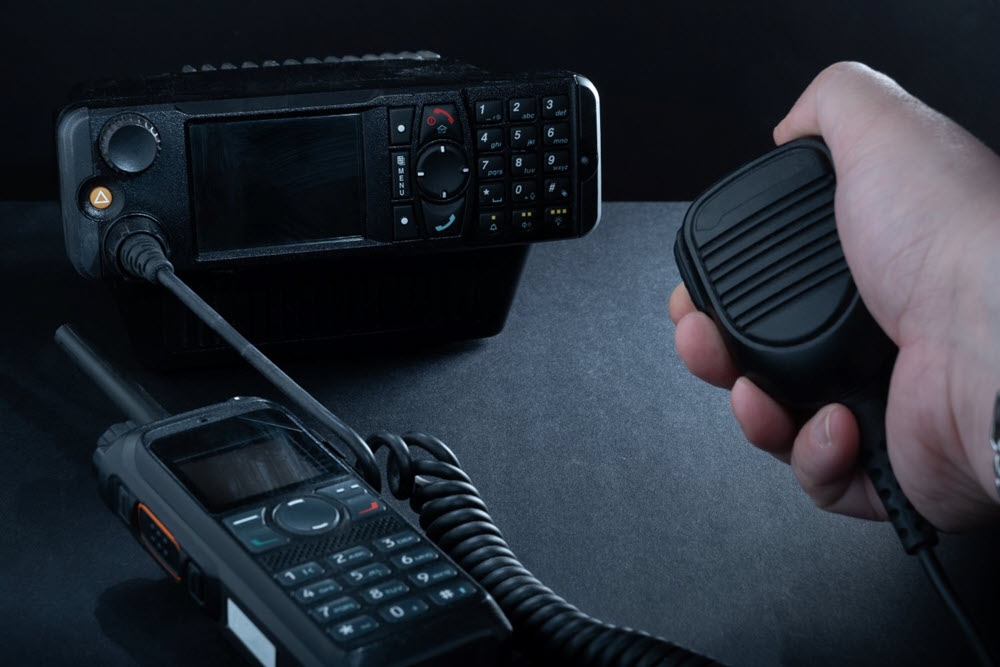
Outdoorsmen often require reliable communication devices to stay in touch with friends and family while participating in activities like hiking and camping. And for most of these outdoor enthusiasts, the 10-meter radio has proven to be a reliable option to stay in contact with their loved ones back home.
While it’s worth noting that using a 10 meter radio requires a license from the Federal Communications Commission (FCC), and the regulations surrounding their use are more stringent compared to other types of radios, such as the UHF (Ultra high frequency) and VHF (Very high frequency) signals, the Citizen’s Band (CB), the AM Broadcast Band, and the Shortwave Bands, the 10 meter radio has unique advantages that make it a preferred choice for many outdoor enthusiasts.
In this article, we’ll explore the benefits of 10-meter radios and why they are a popular communication device for outdoorsmen.
- Better Quality Sound
10-meter radios have a better-quality sound since they operate on higher frequencies than other radios, transmitting data faster, resulting in less distortion. Additionally, most 10-meter radios are designed with high-quality components and better manufacturing standards, which results in cleaner and more stable signals.

For outdoor enthusiasts who need clear communication and better reception, the better sound quality of 10-meter radios is a significant advantage. Whether for emergency situations, group coordination, or staying in touch with friends and family while enjoying the great outdoors, a 10-meter radio from reputable brands like Stryker Radios can provide reliable and high-quality communication.
- Less Infrastructure Demand
Unlike VHF-UHF waves and cell phones, 10-meter radios do not rely on towers or expensive infrastructure. Instead, they depend on a scientific phenomenon called skywave propagation. Sky wave propagation means the radio signals use the earth’s atmosphere like a mirror to bounce their signals from one point to another.
Skywave propagation equips the 10-meter radios with the capacity to communicate over long distances without needing any extra equipment. 10-meter radios thus prove helpful in remote areas with limited or nonexistent infrastructure, making them ideal for outdoor enthusiasts who go camping or hunting in these locales.
- Better Range And Transmission
Another reason why outdoorsmen appreciate the 10-meter radio is its long-range communication capabilities, which can stretch from tens of miles to slightly over a hundred. The 10-meter radio can also transmit data at speeds up to 1200 bits per second and higher, which is twice as fast as transmissions by many other handheld radio models.
However, it’s also worth noting that the range of a 10-meter radio depends on factors such as the type of antenna, power output, terrain, and atmospheric conditions. While the range can be significantly reduced in challenging environments, such as densely wooded areas or mountainous terrain, using a more powerful antenna or increasing the radio’s output power can extend the range even further. Regardless, the 10-meter radio range and transmission rival its predecessors by miles.
For outdoorsmen, this is a plus, as they can enjoy their time out without worrying about dropping out of contact with their companions and loved ones back home.
- Versatility
Another key benefit of 10-meter radios for outdoorsmen is their versatility. As ‘all-mode’ radios, they can transmit and receive both voice and digital signals, which makes them incredibly useful for outdoor enthusiasts who may need to send and receive data in remote areas.
For example, a group of hikers in a remote mountainous region can use a 10-meter radio to stay in contact with each other and send their GPS coordinates to loved ones back home. The ability to transmit digital signals also allows 10-meter radios to be used for various purposes, including emergency communication, making them an ideal companion for outdoor activities such as camping, hiking, and fishing.
- Cost-Effective
Lastly, 10-meter radios are a cost-effective option. These radios are designed to be easy to use and don’t require expensive annual fees or complicated setup procedures, making them more budget-friendly than other communication devices such as satellite phones.
Another key cost-saving benefit of 10-meter radios is that they don’t require any subscription fees. This means outdoor enthusiasts can save money in the long run, as they won’t need to pay expensive annual fees to stay connected.
10-meter radios are also low-maintenance as they are made with durability in mind. The only maintenance costs you may incur are replacing batteries or charging them. Additionally, 10-meter radios can be used for different functions like voice communication, emergency alerts, or even data transmission, which removes the need for the outdoorsmen to buy additional equipment to fulfill these roles.
Conclusion
10-meter radios have proven invaluable assets for those seeking reliable, long-range communication in remote locations. Offering superior sound quality and reliable signal, less infrastructure demand, better range and transmission, versatility, and cost-effectiveness, these radios have become a go-to choice for some outdoor enthusiasts. And as technology advances, the capabilities of 10-meter radios are expected to improve further, solidifying their place as an essential tool for outdoor enthusiasts.
